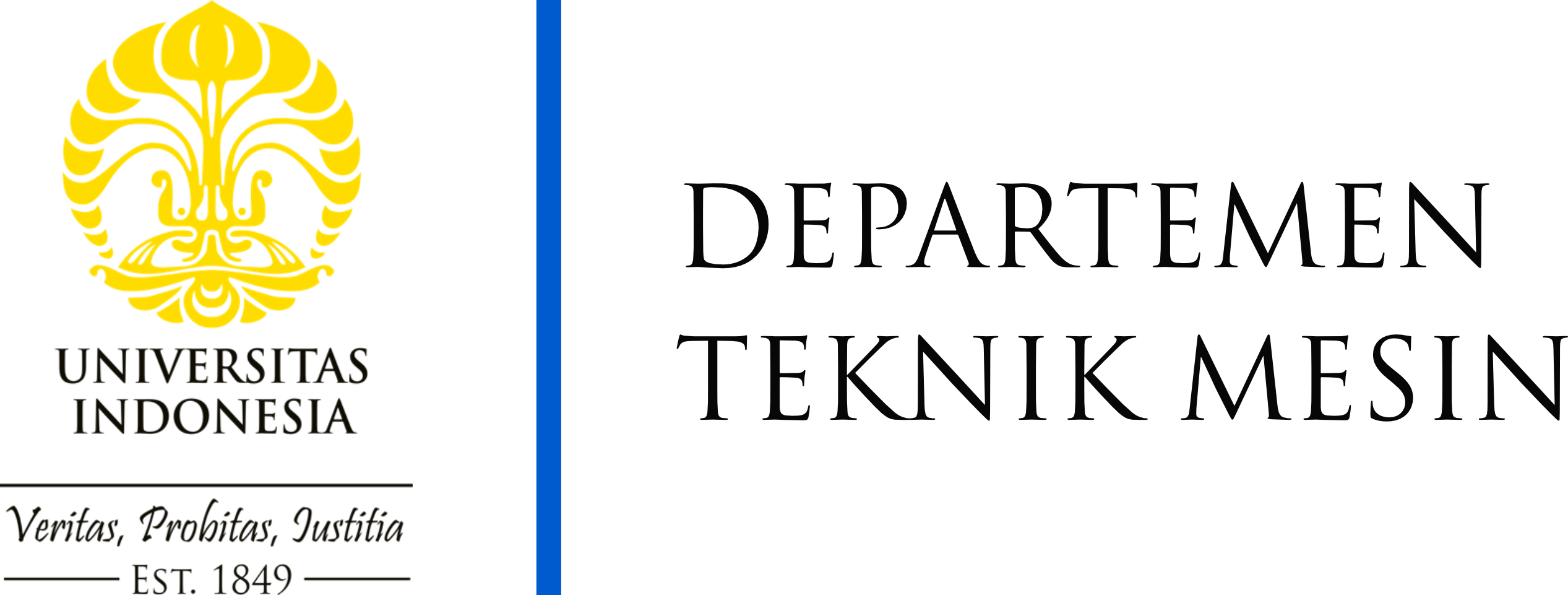tsoemardi@eng.ui.ac.id
1980 – Mechanical Engineering, Institut Teknologi Bandung, Indonesia
1985 – Environmental Sciences, Universitas Indonesia
1987 – Faculty of Economics, Universitas Indonesia
1990 – Mechanics & Advanced Composite Materials, Ecole Centrale de Paris, France

The ability to innovate, design, and develop a product is the key to the competitiveness of the nation’s industry.
The presence of an environmentally-friendly composite material with natural plastic-based materials and natural fibers will encourage the use of composites in various industries and applications. Abundantly-found natural plastic and natural fibers in Indonesia are potentially developed into natural composites. The Laboratory of Mechanical Design and Biomechanics of the Department of Mechanical Engineering has, for a long time, conducted a study on and developed a natural fiber-reinforced composite as a material for a superior and environmentally-friendly engineered product.

Sockets are the most essential components in making a prosthesis and orthosis (a human body’s artificial or mechanical aid). Among the performance criteria of a prosthetic socket are strong, durable, lightweight, comfortable, and affordable. This study developed an epoxy composite socket reinforced with hemp fiber with a fiber winding technique, thus creating a superior tensile and shear strength. These artificial legs made of flax prove to be more compatible with the human body’s biology and have softer design, so they are more comfortable than glass fiber. Hemp material usage for those artificial limbs is expected to help many people with disabilities in Indonesia who can only afford it at an affordable price. Moreover, those prostheses and orthosis can be produced by micro, small and medium enterprises.
Composites are also potentially used in orthosis to be used by people with disabilities, including athletes with disabilities. Moreover, they can be used for implant prosthesis of total knee joint replacement and total hip joint replacement and as a bracket for a bone.
From this innovative study, we have constructed a composite gas cylinder from epoxy and reinforced hemp fiber, processed it with long flax fiber filament rolls, and have identified a gas cylinder matching the strength of a steel gas cylinder. Compared to a commonly-used metal gas cylinder, a gas cylinder made of hemp-epoxy fiber is much lighter, cheaper, and corrosion-resistant. Moreover, it will be environmentally friendly with the use of epoxy or natural plastic.

A composite material is now widely used in an aircraft, such as an aircraft body frame, wing, tail, deck, propeller, motor blade, and interior panel. Its strength and stiffness is identical to heavier material, such as steel and aluminum, but has lighter mass. Therefore, this composite material is used in a Formula-1 car even in the aerospace and automotive industries since the form of its aerodynamic contours is more flexible and propagates damage much more slowly than that of metal experiencing cracking and has corrosive properties.
